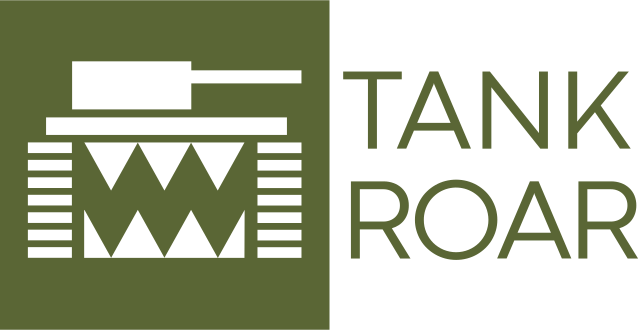Meet the M4 Sherman – The Best Tank of WW2?
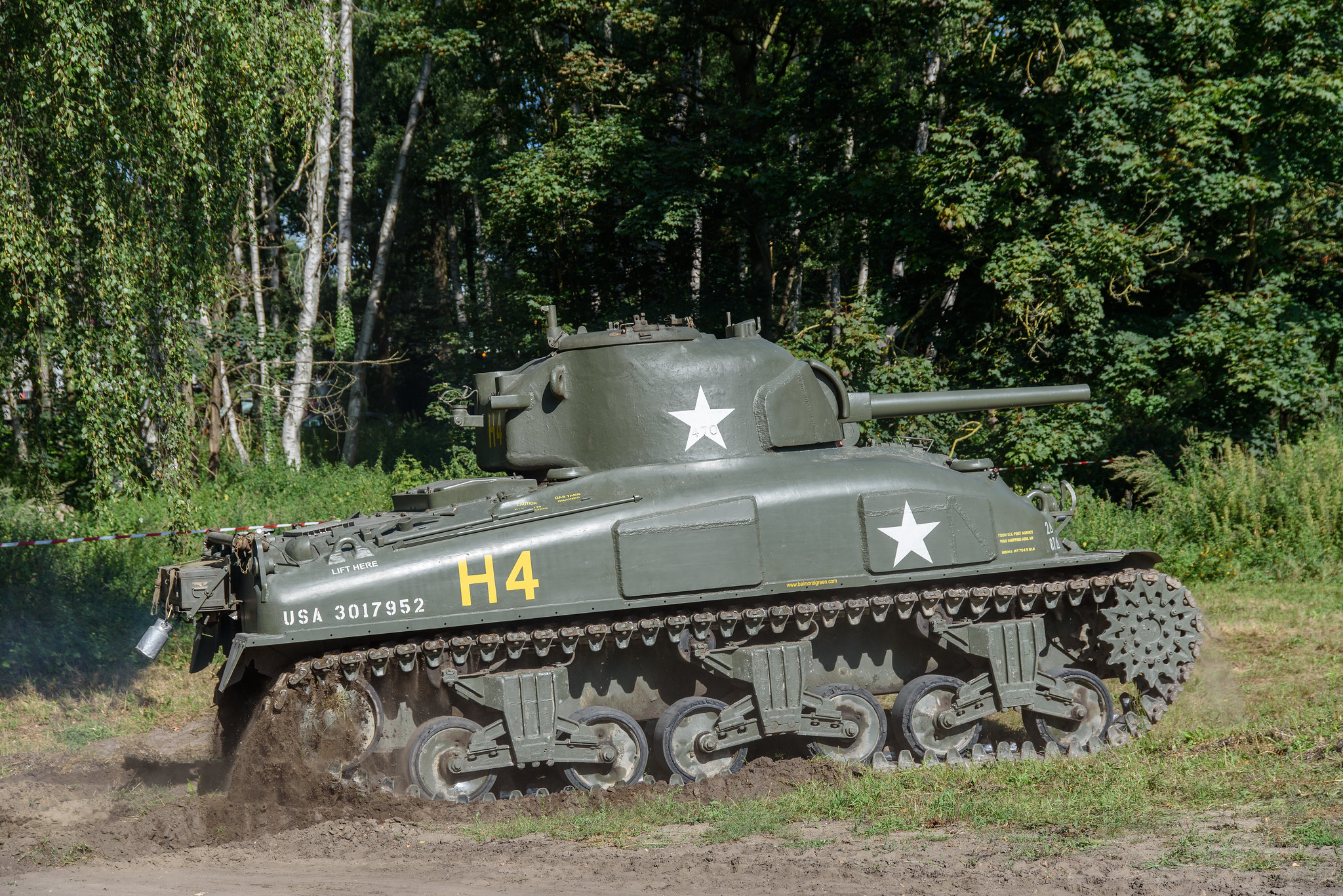
The M4 Sherman medium tank might just be the most iconic US tank of all time.
The Sherman pulled off the nifty trick of being cheap and easy to manufacture while also being reliable and effective in combat. It was the US military’s most produced tank of World War II.
It wasn’t just the Americans using them either. They were supplied to the British and the Soviets as part of the Lend/Lease Program. Overall, 49,234 were produced between 1941 and 1945.
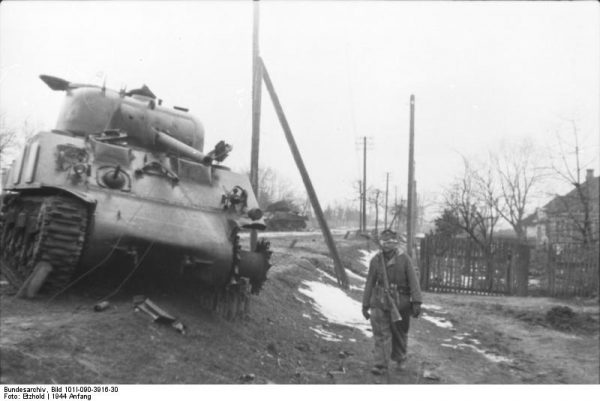
Designed in 1940, the M4 was produced beginning in 1941. The most common version seen in the war had a 75mm M3 L/40 gun and one .50 caliber Browning machine gun with two more .30 caliber machine guns for anti troop defense. For protection, the tank had 60 mm of armor over the frontal plate, equal to 93 mm as it was angled at 47 degrees.
The M4 was designed and used mainly to support infantry troops.
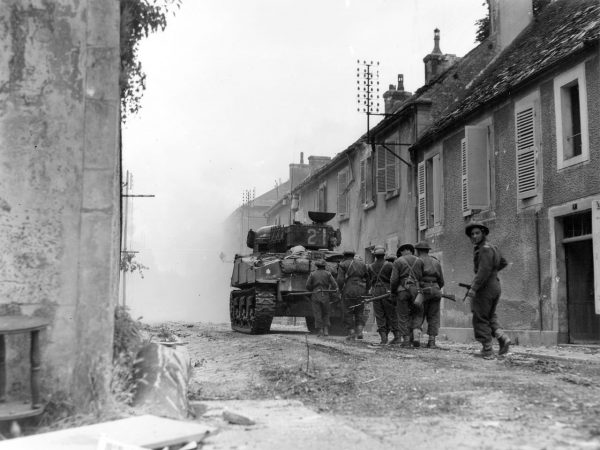
M4’s were not allowed to engage the heavy or medium German Panzer tanks as they were not considered powerful enough to take on those tanks directly. The US Army had tank destroyers designed specifically to handle the powerful German tanks. The US counted on those destroyers, like the Hellcat, along with strength in numbers and anti-tank guns to counter the German armored threat.
The original 75mm gun proved no match for the mighty German Tiger I tank when the Shermans saw their first action in North Africa. This is when the order came down for the Shermans to avoid direct confrontation with the bigger tanks.
The Sherman was also present on the beaches of Normandy for the invasion of France on D-Day. It was the Sherman that led the way as the Allies stormed across France in only three months.
The M4A3E8 variant was outfitted with a larger 76mm gun and widely considered the best model of the Sherman, so much so it continued in use in the Korean War.
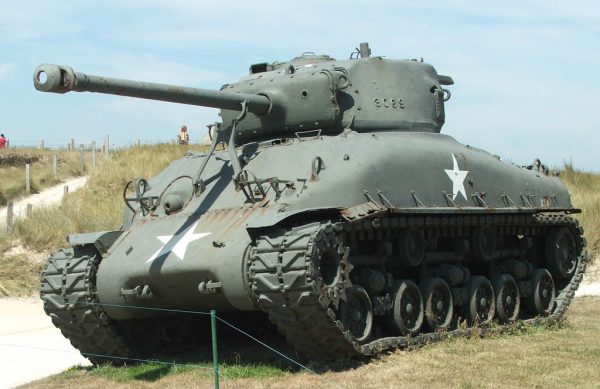
After Korea, the Sherman tank was retired by the US Army. It continued to be used in other countries. China, Israel, the Netherlands, and South Africa were among the nations to continue using the iconic tank. In all, more than 50 countries around the world had Sherman tanks in their army at some point.
Like all vehicles at the time, they were particularly susceptible to ammo ‘cook offs’, which is a unwanted detonation of the tanks stored ammunition.
This happened due to primitive storage methods. Their primary strength was their maintainability which allowed them to be repaired on the battlefield.
They could handle themselves well against the smaller German Mk II and Mk IV Panzers but as stated were no match for the larger Tiger, Panther and King Tiger tanks.
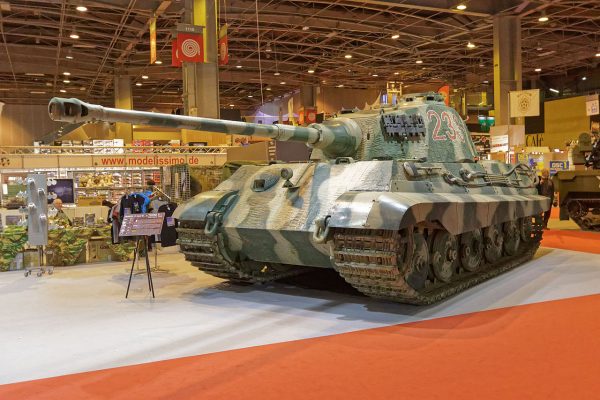
At the beginning of WWII, the US wastrailing the rest of the world in tank production and design. After the Germans used their new Blitzkrieg tactic to conquer France in only a matter of weeks, the US top brass was convinced they needed a main battle tank that could match the Germans and perform the same fast-moving tactics.
At the time of the Japanese attack on Pearl Harbor, the US already had five armored divisions training to go to Europe.
Another Article From Us: The Powerful M36 Jackson in 33 Images
The first US tank to see battle in WWII was the M3 General Grant. It was used by the British as a stopgap to try and contain the Nazi forces after their rapid conquest of France.
It may hold the record for fastest tank design-to-production in history but was never considered a true solution to the German tanks. When the M4 debuted, the M3 was immediately retired.
